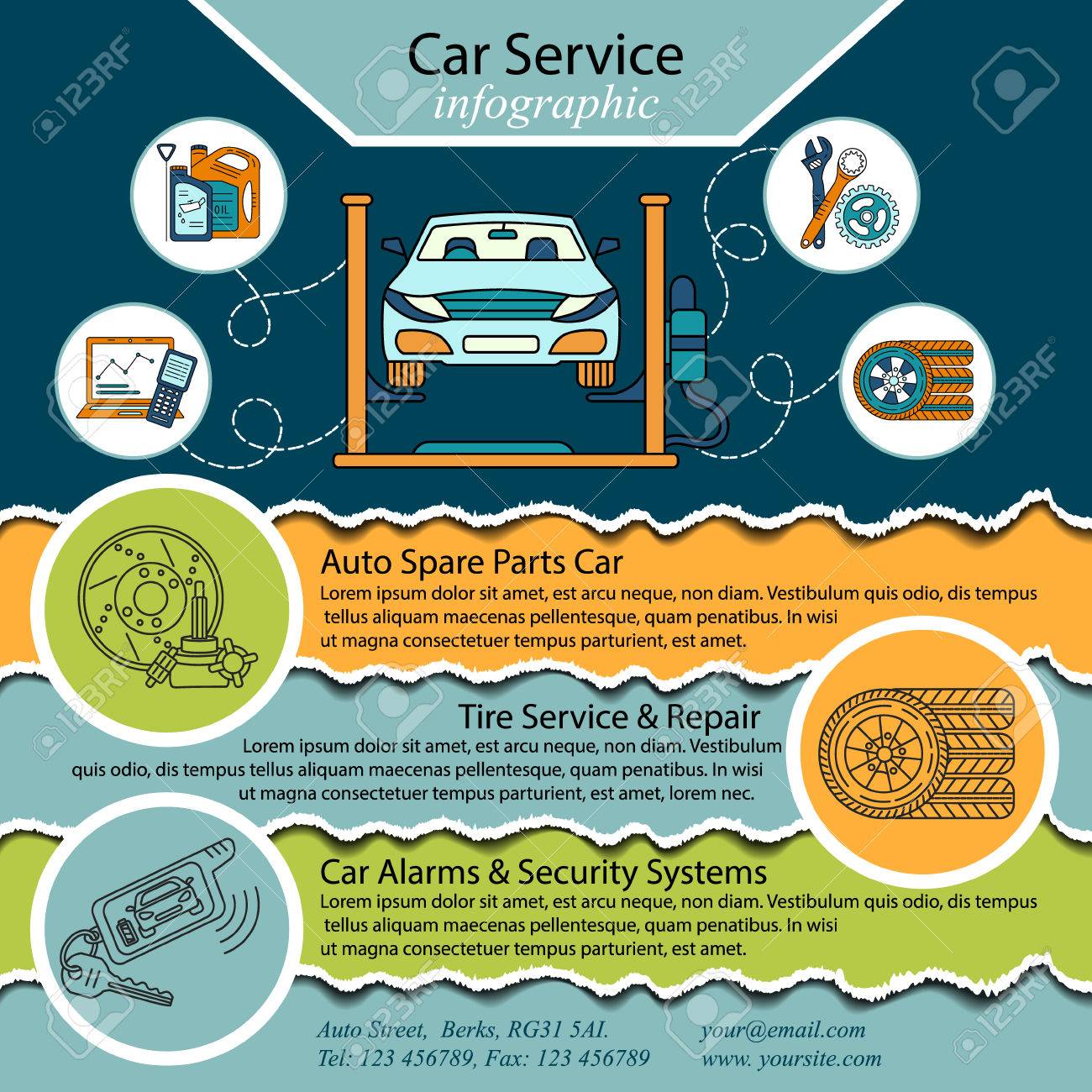A Fundamental Overview To Understanding The Warning Lighting On Your Car
A Fundamental Overview To Understanding The Warning Lighting On Your Car
Blog Article
Produced By-Guy Kemp
When you lag the wheel, those little caution lights on your auto's control panel can be quite puzzling. What do they indicate, and should you be worried? Comprehending these signals is essential for your automobile's health, yet it doesn't have to be a challenging task. By decoding the mystery behind each light, you'll be geared up to manage potential problems successfully and keep your auto running efficiently. So, following time a caution light flashes, do not panic - arm on your own with expertise and take control of the scenario.
Importance of Automobile Caution Lights
Recognizing the importance of your vehicle's caution lights is vital for keeping your lorry's health and safety. These lights act as your auto's interaction system, informing you to potential concerns that might endanger your security when traveling or result in costly repairs if ignored. By focusing on these warnings, you can address issues early and protect against further damages to your lorry.
Ignoring alerting lights can lead to severe consequences, such as engine failing, brake malfunctions, or even mishaps. These lights are designed to alert you of problems ranging from low tire stress to engine malfunctions, providing you the chance to act before the scenario intensifies. On jeep mechanic near me examining and comprehending these warnings can conserve you time, cash, and guarantee your security while driving.
In addition to maintaining you safe, responding promptly to advising lights can likewise aid extend the life expectancy of your vehicle. By resolving concerns early on, you can protect against tiny troubles from escalating into significant repairs, inevitably saving you time and money in the future. Keep in mind, your cars and truck's caution lights are there for a factor - do not disregard them!
Common Warning Lights and Meanings
When it involves driving your cars and truck, knowing typical caution lights and their definitions is vital for your safety and security and automobile maintenance. Here are a couple of common caution lights you may encounter:
1. ** Examine Engine Light **: This light indicates an issue with your engine. Maybe something small like a loose gas cap or something more severe like engine misfiring.
2. ** Battery Light **: This light signals an issue with your car's charging system. It could suggest a faulty battery, generator, or other associated parts.
3. ** Oil Pressure Light **: When this light begins, it indicates your engine might be running low on oil or experiencing low oil stress, which can lead to engine damages otherwise addressed without delay.
4. ** Brake System Light **: This light shows an issue with your braking system. learn here can imply reduced brake liquid levels or an issue with the brake system that needs immediate attention.
Comprehending these common caution lights will certainly help you determine possible problems early on and stop even more substantial troubles down the road.
Exactly how to Reply To Caution Lights
In the event that a caution light brightens on your car's control panel, it's crucial to respond quickly and properly. When a caution light comes on, the very first step is to consult your proprietor's guidebook to comprehend the particular problem suggested by the light.
Some lights need prompt attention, while others may suggest a less immediate issue. If the warning light is red or flashing, it's usually an indicator of a serious problem that needs immediate activity. In such cases, it's suggested to pull over safely, shut off the engine, and seek expert aid.
For yellow or orange warning lights, while they might not need prompt attention, it's still important to deal with the underlying problem promptly to avoid more damages. Routine upkeep and evaluation can assist protect against warning lights from beginning all of a sudden.
auto shop repair
In conclusion, recognizing your vehicle's caution lights is critical for preserving your vehicle's health and safety. By on look at this now and responding to these warnings, you can attend to potential issues early and prevent costly repair services or safety and security dangers. Remember to consult your proprietor's guidebook for information on various caution lights and constantly take immediate action for red or blinking lights. Keep proactive and maintain your car running efficiently!
